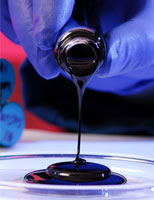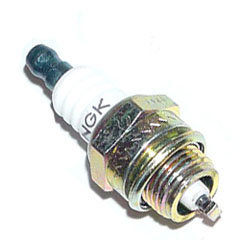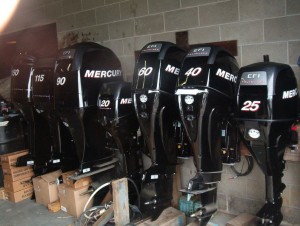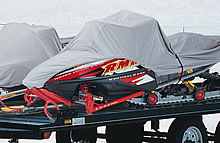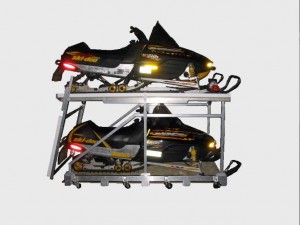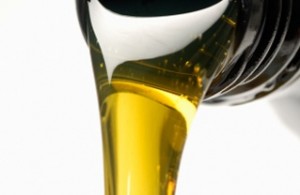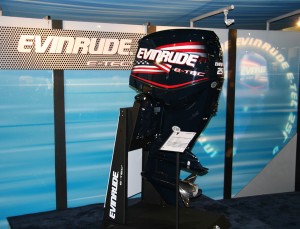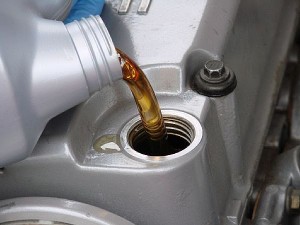Oil Loyalty
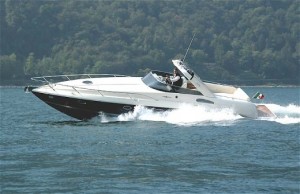 Humans are creatures of habit, and this is particularly apparent when it comes to our purchasing decisions. For most of us, when we find a product we like, we tend to stick with it. As an avid boat enthusiast, I developed my canon of essential products years ago and have rarely deviated from those lines of products.
Humans are creatures of habit, and this is particularly apparent when it comes to our purchasing decisions. For most of us, when we find a product we like, we tend to stick with it. As an avid boat enthusiast, I developed my canon of essential products years ago and have rarely deviated from those lines of products.
My son recently purchased his own boat however, and he has started using different oils and lubricants. He told me that there have been amazing advances in technology over the past few years and suggested that I tryout Evinrude XD 100. I’m not sure if it was the oil or just the placebo effect, but from the first time I used it, I recognized a palpable difference in my boat’s performance; it accelerated smoother and ran quieter. I think that my loyalties have shifted.



